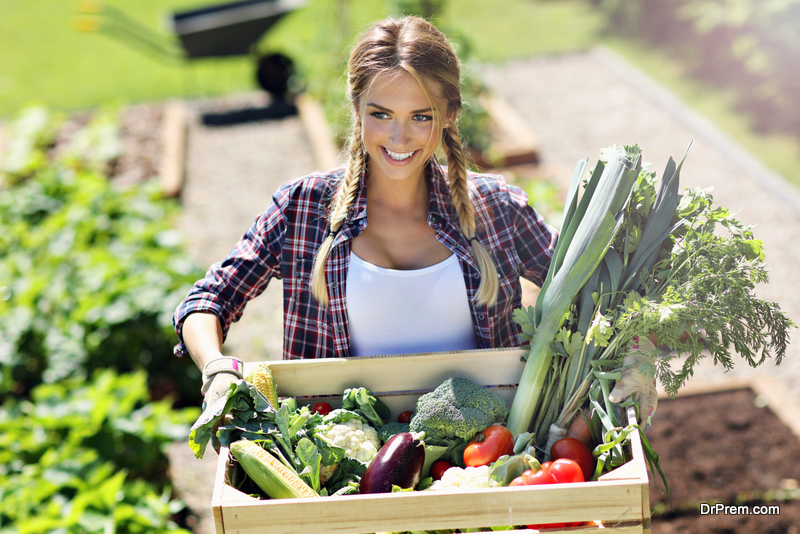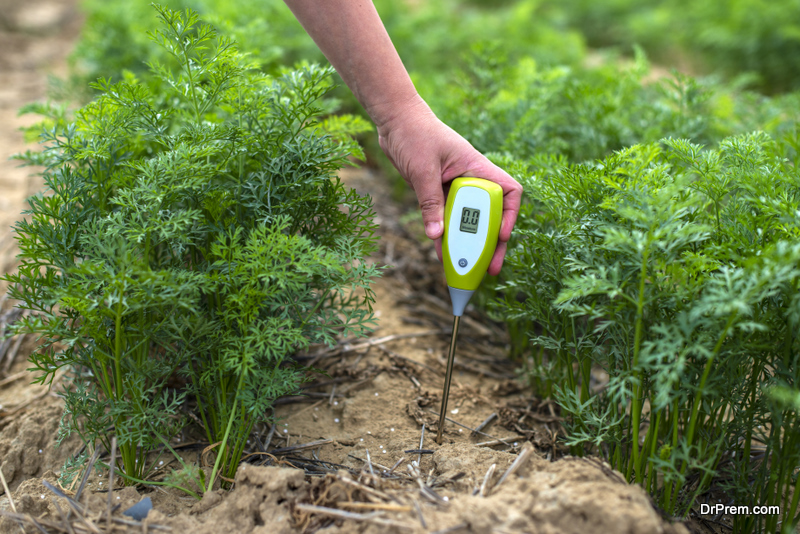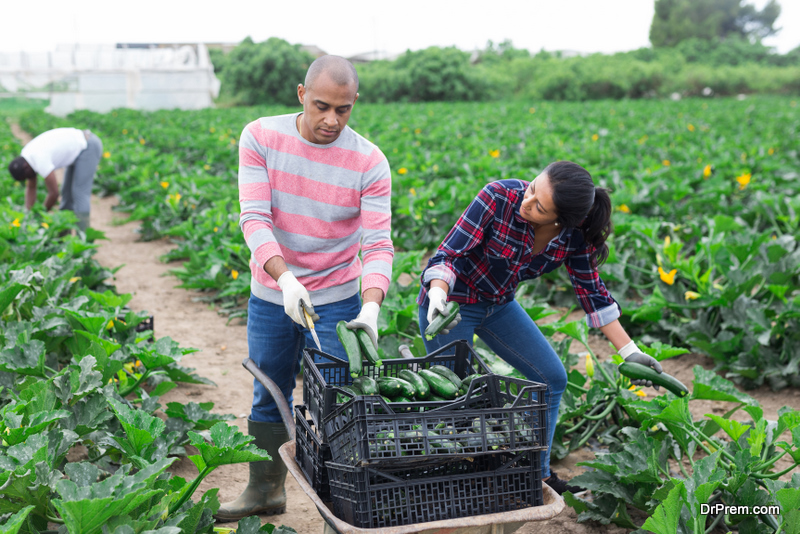A significant amount of people began to explore the world of farming and gardening during the last year. Along with other self-sufficient hobbies like baking your own bread, gardening is one of the best things you can do for yourself! It will let you save more money, while also keeping you healthier, too. But there are some important things to note before you start running off to pick up some onions and carrots.
Figure Out What Will Grow, and How You’ll Grow It
 Contrary to what it seems, you should not just go to the store and pick up any and all of the juvenile plants that they have available. Depending on where you live, there is a zone index. This zoning works by professionals taking into account everything about the area from heat to moisture, and acids or fertility of the ground. Most of the time, people have a hard zone because of the environment. This is why many plants do not begin just growing up from the ground. There usually must be added amendments and fertilizer to the ground, or a growers mix on top of the ground, in a raised bed.
Contrary to what it seems, you should not just go to the store and pick up any and all of the juvenile plants that they have available. Depending on where you live, there is a zone index. This zoning works by professionals taking into account everything about the area from heat to moisture, and acids or fertility of the ground. Most of the time, people have a hard zone because of the environment. This is why many plants do not begin just growing up from the ground. There usually must be added amendments and fertilizer to the ground, or a growers mix on top of the ground, in a raised bed.
On top of this, home gardeners are generally able to get away with just a raised bed and their plants being fine. However, because you are looking at doing things on a far bigger scale, you will want to look into protection for your investment. This does not mean protection from rabbits and native birds (although you will want that too) but more importantly you’ll want to protect the plants from any extreme weather. If you get intense heat, you will want shade, if you get bitter cold, you will want insulation. This culminates in different types of covers for your produce—usually made out of PVC pipe and vegetable-grade protection products. Depending on what you plan to grow, you can opt for these lightweight tarps that allow breathability and shade, or you can opt for the heavy-duty variety available from places like Cover Your Feed or local farm stores.
You Need to Pick the Right Options for Your Buyers
Now, because we want to think about this in terms of farm stand, and not just a back yard garden this sort of information is particularly important. Regular gardeners can grow whatever they want because they are not trying to profit from the produce. Farm stand owners need to pay attention, not just to what grows in their weather and environment, but what grows exceedingly well. You do not want to waste time trying to grow cherry tomatoes when you should be growing eggplant, and there is no need to grow eggplant if cabbage does far better.
Further, you will need to think about how you want to grow everything. Home gardeners tend to use raised beds that sit on the ground. Depending on your health, this may or may not work for you, but beyond that, these raised beds do not typically hold enough space to support a farm stand. The solution to this is either doing multiple large beds, which you may have room for, or breaking out some creativity to grow things. There are now very space-conscious options that will let you get the most bang for your buck while you grow, water, and harvest. One of the best options you can find are gardening towers. Instead of growing everything horizontal, the traditional gardening style, these towers let you grow vertical. That means you can get up to 20 plants into the same two feet by two feet area. That is a huge difference in produce output, especially for the space.
Rotations and Soil Fertility
 You will also want to consider if you will want to keep growing the same foods in the next season. Usually, you will only have certain types of foods either in the spring or the fall periods. This means that in order to get the most out of all of your equipment, there are two growing periods and both need to be scheduled (usually full scale farms are on day by day calendars!). This is important for two reasons, on the one side you will be able to have two selling periods with unique and interesting foods; and on the other side, you will be able to reconstitute your soils.
You will also want to consider if you will want to keep growing the same foods in the next season. Usually, you will only have certain types of foods either in the spring or the fall periods. This means that in order to get the most out of all of your equipment, there are two growing periods and both need to be scheduled (usually full scale farms are on day by day calendars!). This is important for two reasons, on the one side you will be able to have two selling periods with unique and interesting foods; and on the other side, you will be able to reconstitute your soils.
Soils and mixes will both need to be updated after a series of produce has gone through them. This is because the produce that is planted into the soil will end up taking some of the nutrients with it when it is harvested and pulled out to plant the next season of crops. Usually, the easiest way to deliver those nutrients back to the soil, will be to add amendments. But there are some farmers who use other crops to reintroduce those nutrients. Realistically though, you’ll want to figure out what will work for you, either by growing more, or just getting bags and mixing the soils again.
Article Submitted By Community Writer




